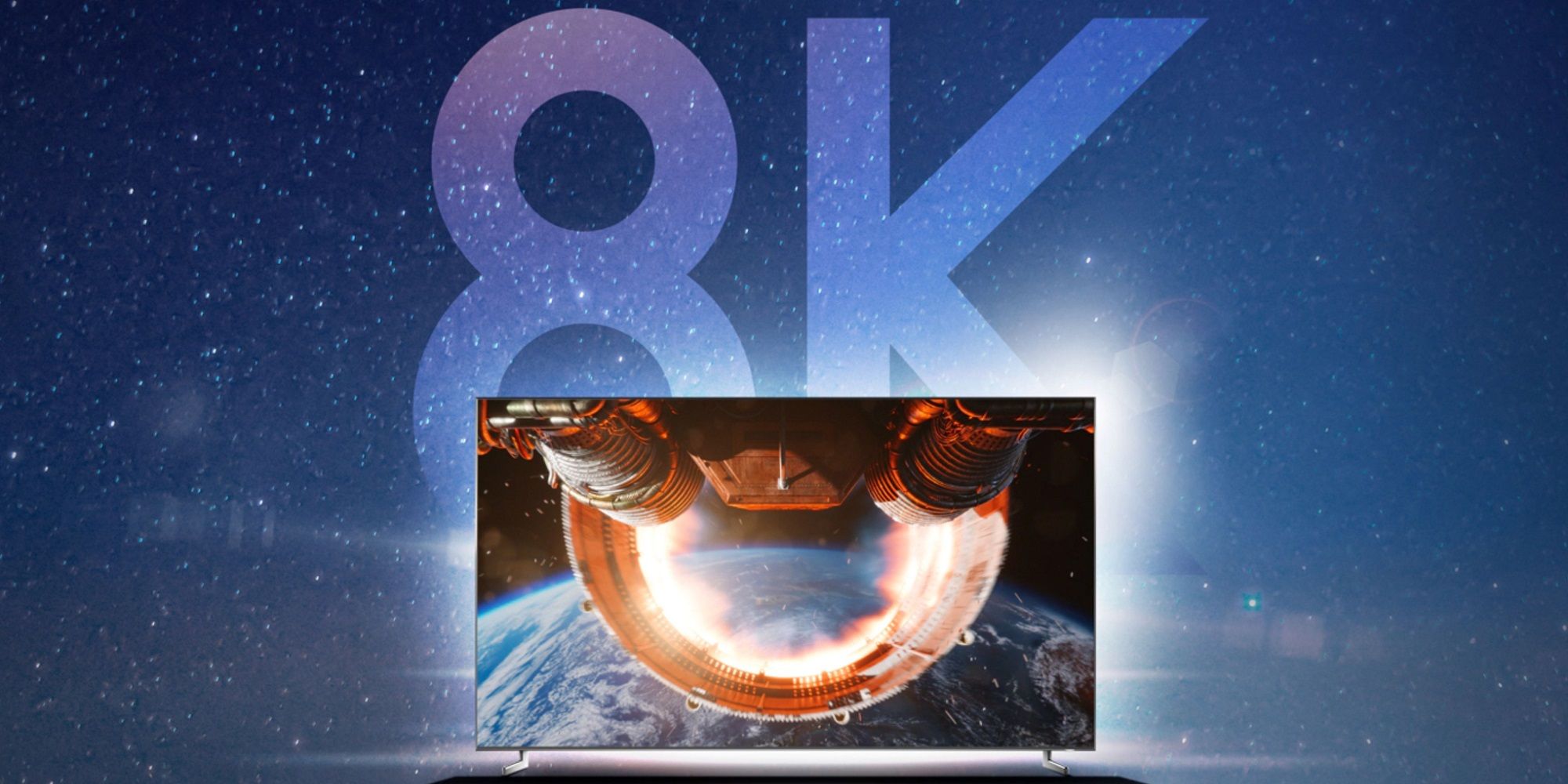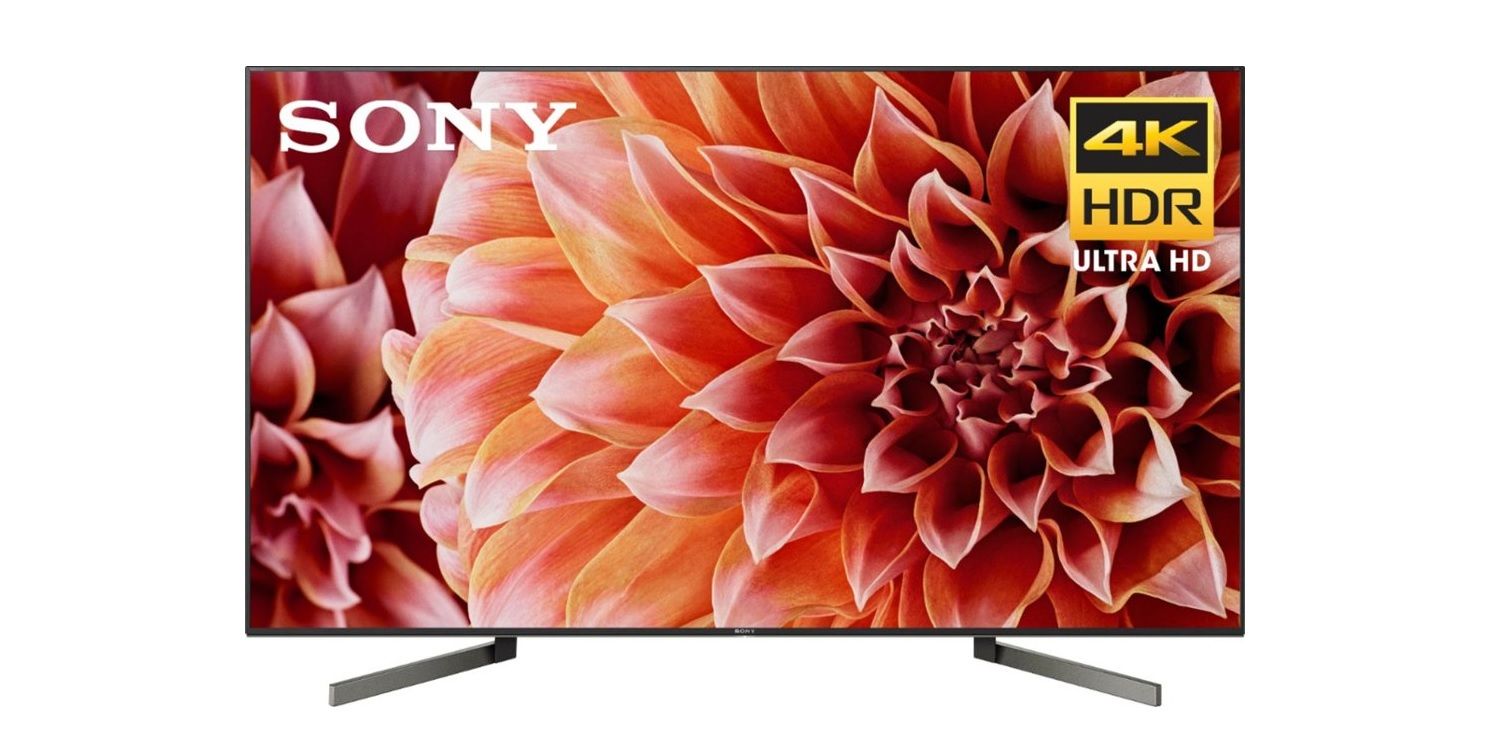
Why buy a 4K TV when you can buy an 8K TV instead? After all, if 4K is so much of an improvement over HD, evidently 8K is going to be even better. While that is the theory, the reality is far more complicated with many factors affecting the equation. It is not simply a matter of whether you should upgrade to 8K, but more so when is the right time to make the upgrade.
It wasn’t that long ago that 4K Ultra HD burst through bringing its famed improvement on pixels per square inch. In spite of this, those leading the market already appear to have moved on and are now focused on 8K with its even more impressive pixels per square inch count. To put those pixels into perspective, 4K is defined as 3,840 by 2,160 pixels. Compares that to the 7,680 by 4,320 on offer with 8K and you can understand the significance. As was the case with previous generations, the more pixels you can add, the better the picture usually is. Therefore, 8K will significantly improve the viewing experience, especially considering these TVs also come with even newer and more evolved upscaling features that make old content look better.
Upscaling is the process of taking a lesser resolution and artificially upgrading it to what’s considered comparable to the next. For example, current 4K TVs equipped with upscaling are able to take an HD picture and upgrade it to something similar to 4K. Thanks to this, buying a 4K TV not only means access to 4K content, but also an improved viewing experience for older videos as well. Naturally, 8K promises the same and those not willing to wait for a best-in-class experience don’t have to. Companies like Samsung and LG are already ready to sell you your first 8K TV today. The question is should you jump to 8K or stick with 4K?

4K is not only the right choice for most consumers, it’s the only choice. The issue with these display technologies is that the actual TV panel is only one part of the equation. If the rest of your home entertainment setup is up to date and compatible with Ultra HD, HDR10, and Dolby Vision, then it will instantly and irrevocably be outdated. To benefit in the same way, all of the rest of that setup will have to be upgraded for 8K compatibility. This even includes the cables.
Even if you find 8K versions of everything else and upgrade, you’re still not going to benefit from a true 8K experience due to the lack of 8K content. In spite of the first 4K TV being released in 2013, it has only been in recent years that 4K content has become available. For some apps and services, it is still not as available as it should be. How many channels and networks does your current TV provider broadcast in 4K? Or, how’s Netflix’s 4K lineup compared to its HD catalog? Then there’s the added issue of data.
According to Netflix, subscribers consuming 4K video eat up to 7 GB of data every hour. That’s over twice as much data per hour as HD, and more than seven-times the data SD requires. While Netflix doesn’t currently offer any 8K video for comparison, it will evidently eat through data allotments even faster than anything else. That’s unlikely to be suitable for those who are already feeling the pressures of data caps.
The reality is that 8K is simply not worth upgrading to just yet. It probably will be in time and when the rest of the landscape is ready to accommodate 8,000 horizontal pixels, but even at that undefined future point - it still might be better to buy a 4K TV. Otherwise, you may end up in the same situation as those who purchased a 4K TV right before Dolby Vision and HDR10 became the new 4K norms. Yes, the upscaling will benefit all content and is the main reason to upgrade today, but with 8K TVs ranging from $3000 to $70,000, you should probably stick with 4K for now.
from ScreenRant - Feed https://ift.tt/2ZAkljZ





No comments: